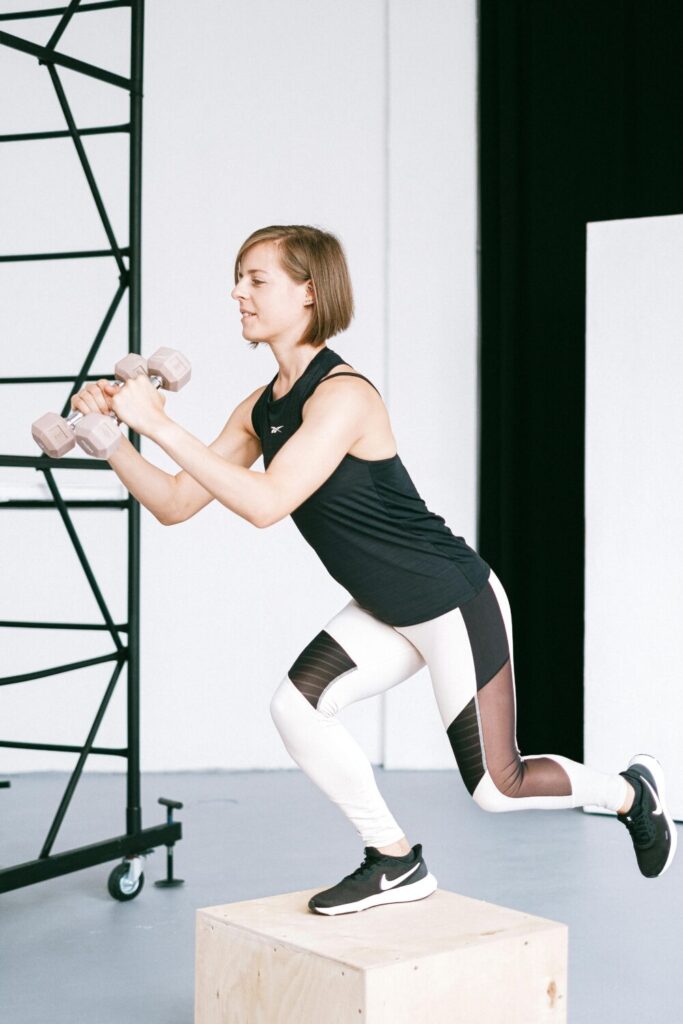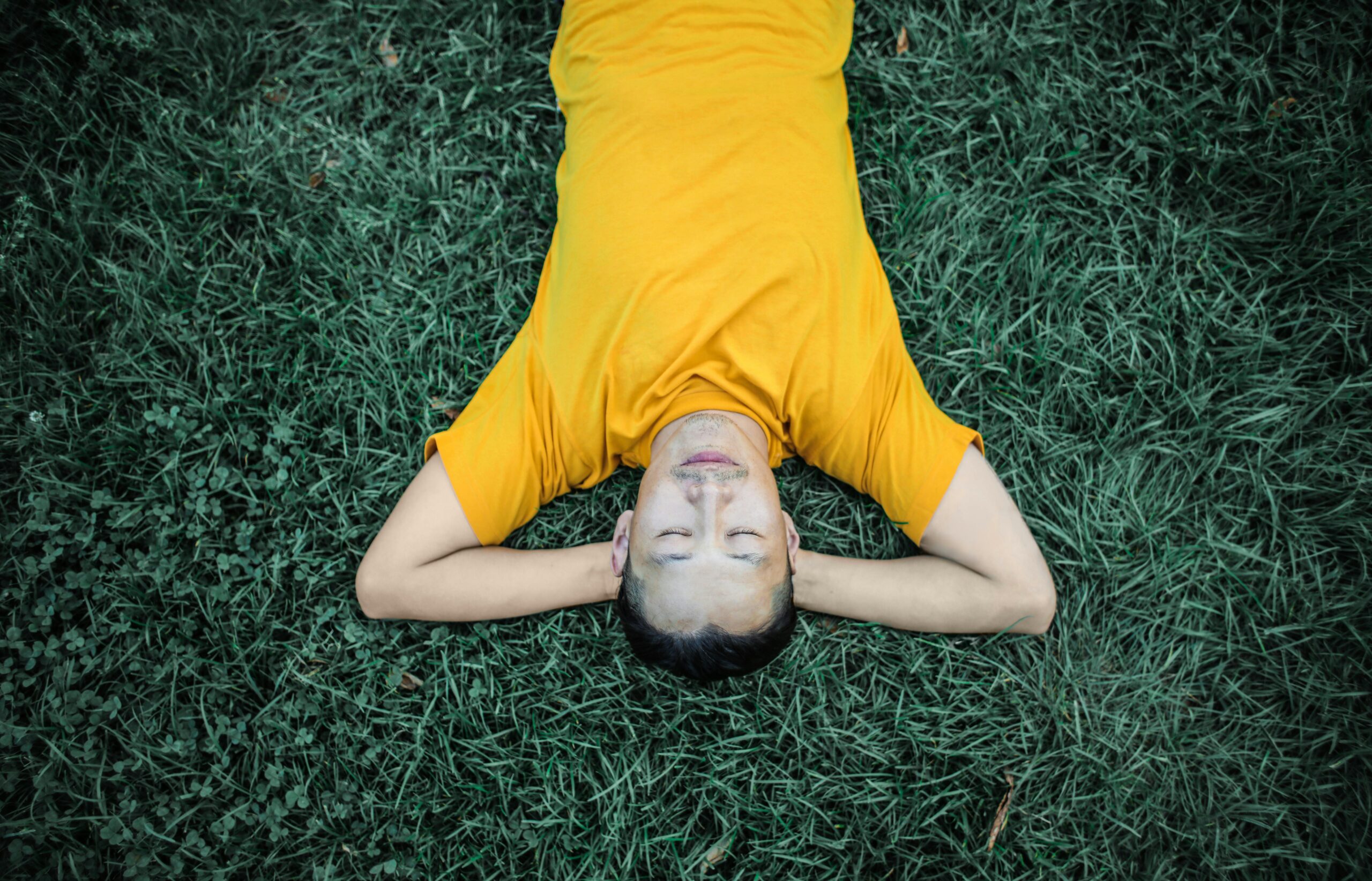
Function and mobility of the ankle
The ankle, one of the smaller joints but bears a huge load. 1.5 times yourweight is being applied when you are walking or standing, and eight times your weight when running. The ankle is a hinge joint The three bones, the tibia the fibula and the talus come together with articular cartilage in between. The cartilage allows the bones to move against one another smoothly and acts a shock absorber. Although the ankle is only made up of three bones, it is one of the most commonly injured parts of the human body.

Many do not have adequate ankle mobility. From a movement stand point, decreased joint mobility at the ankle joint or tibiofibular joint. When walking, running, skating, squatting, picking something up, ankle mobility can be the difference between moving properly and getting injured. It’s like Jenga, if the blocks are built over a strong foundation, the game continues. Once the base begins to tilt the end is near! When the ankle doesn’t move properly the knee is affected. Once the knee is affected, you guessed it, the hip also begins to suffer.
The ankle up the chain:
The inability to perform a proper stride forces the body to find different ways to complete the movement. Compensation pattern do not eliminate the load experienced when hitting the ground during running; they simply shift it to other parts of the body which can lead to pain elsewhere.
Knee pain
The human body is a kinetic chain, if the knee tracks properly over the ankle there should be limited wear and tear on the knee. What happens at one joint will have an effect at another joint. The joints not sitting properly and the lack of ankle dorsiflexion when running or walking can lead to an early bending in the knee, which in turn can disrupt the whole efficiency of stride pattern.
Hip/lower back pain
Reduced dorsiflexion can increase the duration of time in which the heel is off the ground. The result… a decrease in hip extension, not allowing the person to complete a a full stride through the hip, knee and ankle. It may limit glute activation and create the feeling of tight hamstrings and in turn develop an anterior pelvic tilt.
Stay tuned, the next few weeks, we will focus in on the signs of ankle dysfunction and and how to fix the problem to increase performance in life, sports and performance.
Written By: Kirill Vaks
Fitness Specialist
BA,CSCS,ACSM-cpt,NFPT-sns
Suggested Article:
Can a genetic test help you lose weight?
Suggested video:
Take action… Now!
Training Aspects Personal Training and Sports Performance:
Visit us:
Inside of the Flyers Training Center
601 Laurel Oak Rd.
Voorhees, NJ 08043
Training Aspects’ personal trainers and sports performance coaches want you to accomplish your goals. You, as the personal training client, are a reflection of our personal training and group training methods! We are here to help you accomplish all of your personal training goals! Our main training focus are people looking to increase performance, lose weight , lose body fat and increase lean muscle. Whether you live in Cherry Hill, Haddonfield,Marlton, or any of the other surrounding areas we are here to help you Move, Look and feel as you’ve always desired…



